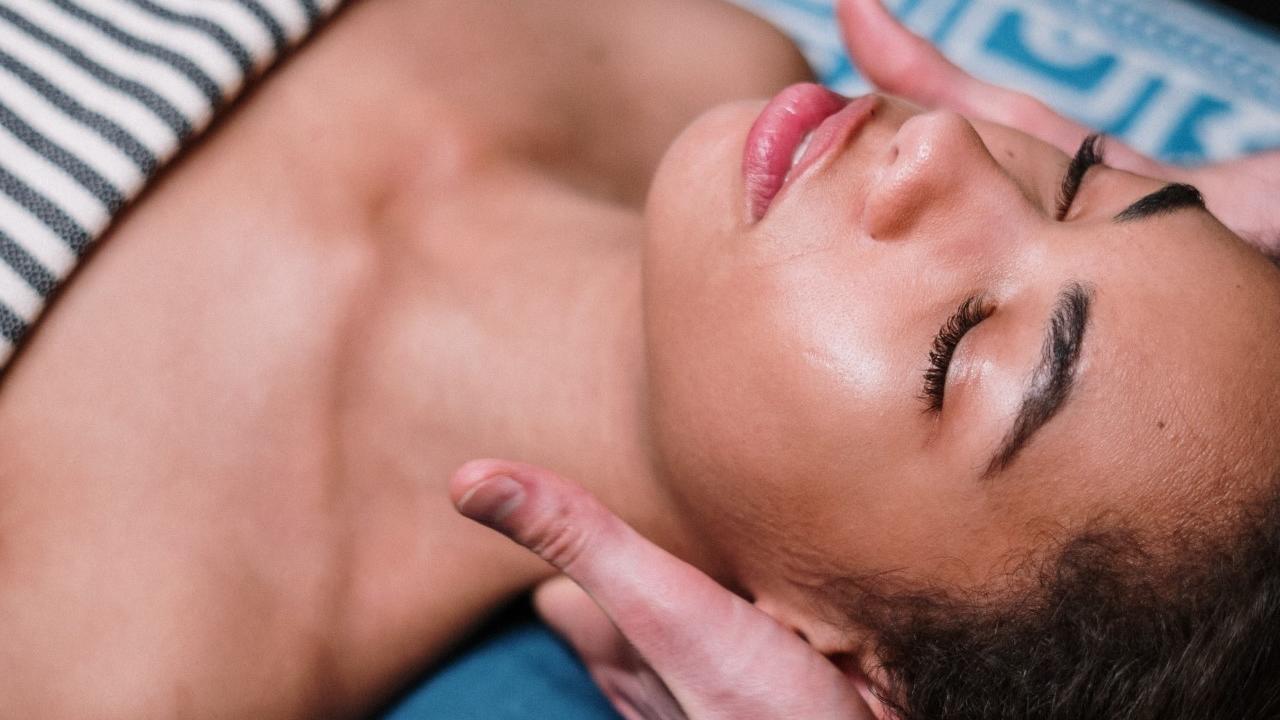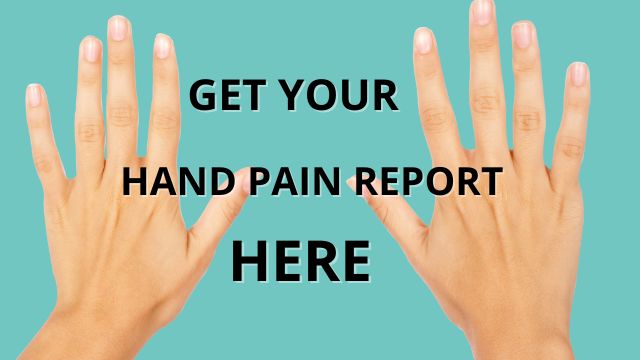HEAD AND NECK WORK: SAVE YOUR HANDS!

Remember how remarkable an awesome neck massage feels? I hope you've received at least one in your life that really stands out. Whether it's helping clients with headaches, stress relief or neck pain, a skilled neck massage gets results. But when sessions cause strain to fingers, hands and forearms, what can we as massage therapists do to save our bodies? We need to be smart about body mechanics, know our limits and honor them!
BODY MECHANICS
Prone neck and head work
When the client is lying prone it's easier to maintain good body mechanics but we are still able to over-work the hands and fingers. Think of petrissage at the back of the neck, circles on the scalp or friction along the upper trapezius. All of these techniques can cause strain to the fingers and hands if joints are not kept in alignment. Weight shift while petrissaging, use straight fingers for circles and friction and you should be able to give your best work without hurting your body.
Supine neck and head work
Ah, supine work. This is where the magic can happen. Also where the aching hands can happen as you sit down for an in depth 20-30 minute neck concentration. The following sections on posture and use of fingers will give good ideas about how to cope.
Posture while seated
When you move to seated massage during a session this is not the time to loose your good body mechanics. For best posture and body mechanics while you work be sure to sit equally on both sit bones (ischial tuberosity), stack your spine, place both feet flat on floor and continue to use your weight shift when needed. For example, applying traction at the occiput.
Use of fingers
There is a proper way to use fingers during massage so they won't hurt even if applying pressure and during long sessions.
Stack finger joints in a straight line before applying pressure. You can press into the scalp or temples with the pads of your fingers but for the least tension felt use a straight finger. Try to avoid curling the fingers for a tool unless you are supported by the table or another joint. Hand and finger tension can be reduced by switching the finger you're using or changing the angle at which you are delivering the stroke. The following picture shows the therapist's hands in a position which places a lot of strain on the fingers and hands. This is showing INCORRECT use of fingers.

Flexors of the forearms
The forearm flexors can get tired with long neck sessions in the supine position. The supine position allows for range of motion, active release techniques, traction and friction. Concentrated work at the sub-occipitals or along the transverse processes of the cervical vertebrae can help a lot of people but can also hurt our forearms. When you feel fatigue in the forearms change tools and go to the self care section of this article at the end of your work day.
Mix your strokes to give hands a rest
If you've been releasing trigger points for a while try changing to a stretch for the neck. If you're using fingers and they are feeling tired change to fists or knuckles. Lean back with your body for traction so your fingers and forearms don't take the brunt of the force. You get the idea. Be creative with your tool bag of knowledge and save your hands.
Use the table
Sometimes there is a need for some pressure at the back of the neck. By using the table to press down into (as a fulcrum point) you can gain pressure where you need it with minimal strain to your hands. Bend at the wrists instead of the knuckles.

Know your limits
If you feel sore after a days work think about who was on your table, if you had enough break time or how many clients you saw that day. Modify these factors in the future to take care of your hands. There will be more difficult clients to work with so make sure that's a light day or take a break right after. If you can structure your day to give your body a break, do it. If you aren't in charge of scheduling then your manager needs to know what you require to stay healthy. Speak up because the ones who aren't massage therapists themselves don't realize the toll it can take on your body.
Set boundaries
Know the maximum number of clients you can see in a day and week. Make a note of the clients who are more taxing on your body and plan accordingly. If you do your own scheduling stick to your limits and keep that professional boundary. Some clients are very good at finding your soft spot and getting you to bend for them. If you can't fit them in, you can't. Be decisive in your words and remember you do your best work when you're rested and at your peak. If you don't make your own schedule, let the company you work for know your boundaries and why. Most employers will work with you and the boundaries you set. If not it may be worth looking for a different employer.
Self care
There are some easy things to do at home when your hands and arms are sore. Self massage is always good (you know how to do that) and a tennis ball over the forearms works like a charm. Especially on the flexors of the forearm. Rest your arm on a table palm up and roll the tennis ball over those tired muscles. Remember ice if you're feeling particularly bad or inflamed! Do whatever it takes to not get worse. Don't let fatigue turn into an overuse injury. Read here for the best self care tools for massage therapists and when to use them.
Things to remember:
- Weight shift while standing or sitting during massage
- Posture while seated - sit straight, feet flat on the floor and balance equally between both sit bones
- Use fingers straight anytime you can. This tool is prone to strain when bent and withstanding pressure
- Mix your strokes to give your body a rest
- Lean back for traction, don't pull with fingers
- Press into table for fulcrum during neck work
- Know your limits
- Set boundaries and keep them
- Self care when needed. Prevention is better than playing catch up
Until next time
Be fit, be strong, and take care of your hands!

👇 Click the picture below to get a free hand pain report. See if you are making these five common mistakes. 👇
Want to know the latest happenings around The Fit Massage Therapist?
Come hang with us, where we are happy and massaging pain-free.
Don't worry, your information will not be shared.





